Religious Significance
Discover Sri Lanka’s spiritual essence through its sacred sites, ancient temples, and places of worship that have inspired devotion for centuries.
Embrace the Spiritual Diversity of Sri Lanka
Sri Lanka is a land of profound spirituality, where centuries-old religious traditions have shaped its culture, architecture, and daily life. This island nation is home to sacred landmarks representing a unique coexistence of Buddhism, Hinduism, Christianity, and Islam, showcasing a harmony that is rare and inspiring. Each religion has left an indelible mark, offering visitors the chance to explore an unparalleled spiritual legacy.
Buddhism, introduced to Sri Lanka in the 3rd century BCE, forms the cornerstone of the island’s spiritual identity. Ancient cities like Anuradhapura and Polonnaruwa hold some of the world’s most remarkable Buddhist monuments, including stupas like Ruwanwelisaya and sacred relics such as the Sri Maha Bodhi, believed to be the oldest historically recorded tree in the world.
Hinduism thrives in colorful temples, with intricate carvings and rituals steeped in history. Notable among them is the Koneswaram Temple in Trincomalee, perched atop a cliff, and Nallur Kandaswamy Temple in Jaffna, a vibrant epicenter of devotion and culture.
Islam’s rich history on the island is evident in architectural wonders like the Jami Ul-Alfar Mosque in Colombo, known for its striking red-and-white facade, and the Nagadeepa Purana Viharaya, an Islamic pilgrimage destination with a unique spiritual aura.
Christianity’s influence can be seen in historic churches, such as the Church of Our Lady of Madhu, a revered Catholic shrine in Mannar with a history spanning over 400 years, and St. Anthony’s Shrine in Colombo, known for miraculous occurrences.
Beyond these sacred sites, Sri Lanka’s religious festivals bring its spiritual diversity to life. The Esala Perahera in Kandy, a grand Buddhist pageant celebrating the Sacred Tooth Relic, and the Nallur Festival in Jaffna, a colorful Hindu celebration, offer unforgettable cultural experiences. Pilgrims also gather at Adam’s Peak (Sri Pada), a mountain sacred to all four major religions, to witness its famed Sacred Footprint and stunning sunrise views.
Whether you seek spiritual solace, cultural enrichment, or architectural marvels, Sri Lanka’s religious sites provide a window into the heart and soul of this remarkable island. Every shrine, temple, mosque, and church tells a story of faith, resilience, and unity, creating a deeply moving experience for every traveler.
Why Visit Sri Lanka’s Religious Sites?
- A Journey Through Faith
Immerse yourself in sacred sites where spirituality and devotion have shaped the island’s history for centuries. - Sacred Sites of Reverence
Explore temples and shrines that have been focal points of worship for generations, drawing pilgrims and seekers alike. - Architectural Marvels
Marvel at the intricate designs and grand structures that stand as symbols of Sri Lanka’s deep-rooted religious traditions. - Cultural Harmony
Experience the peaceful coexistence of Buddhism, Hinduism, and other faiths, reflected in the island’s diverse religious landmarks. - A Deep Connection to Nature
Feel the serenity of holy places surrounded by nature’s beauty, from peaceful forests to majestic mountains.
Featured Attractions
Discover Sri Lanka's timeless landmarks, where history and culture come alive. From ancient cities to sacred temples, each destination offers a unique glimpse into the island’s rich heritage.
Temple of the Sacred Tooth Relic, Kandy
Nestled in the cultural capital of Kandy, this sacred temple is one of the most important Buddhist sites in the world. Housing the revered Tooth Relic of Lord Buddha, the temple is a symbol of Sri Lanka’s spiritual heritage. Its ornate architecture, daily rituals, and the annual Esala Perahera procession make it a must-visit landmark.
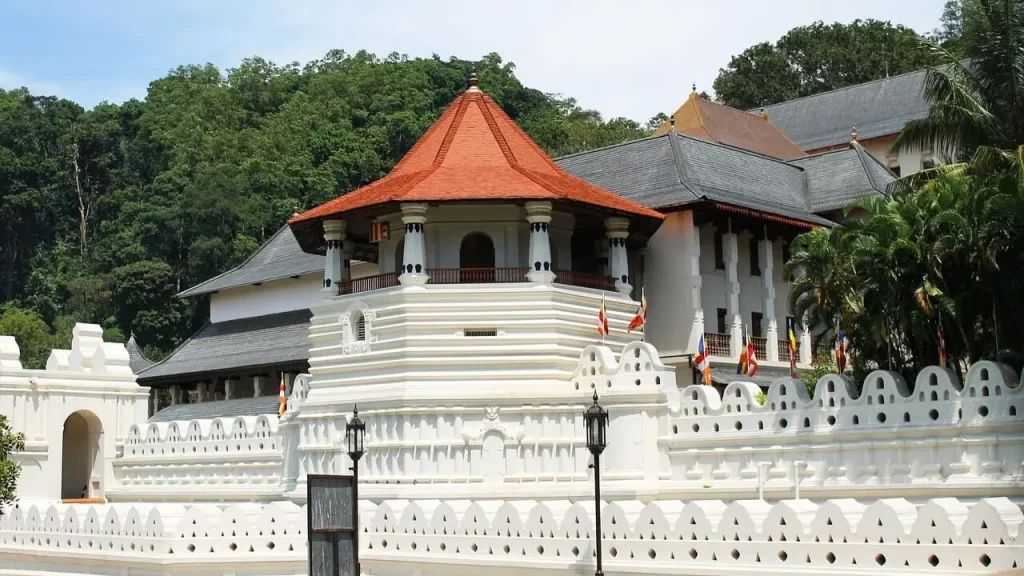
Anuradhapura Sacred City
One of the oldest continuously inhabited cities in the world, Anuradhapura is a treasure trove of Buddhist heritage. This ancient city boasts colossal stupas like Ruwanwelisaya, the sacred Bodhi Tree, and the ruins of monasteries that echo the grandeur of Sri Lanka’s first kingdom.
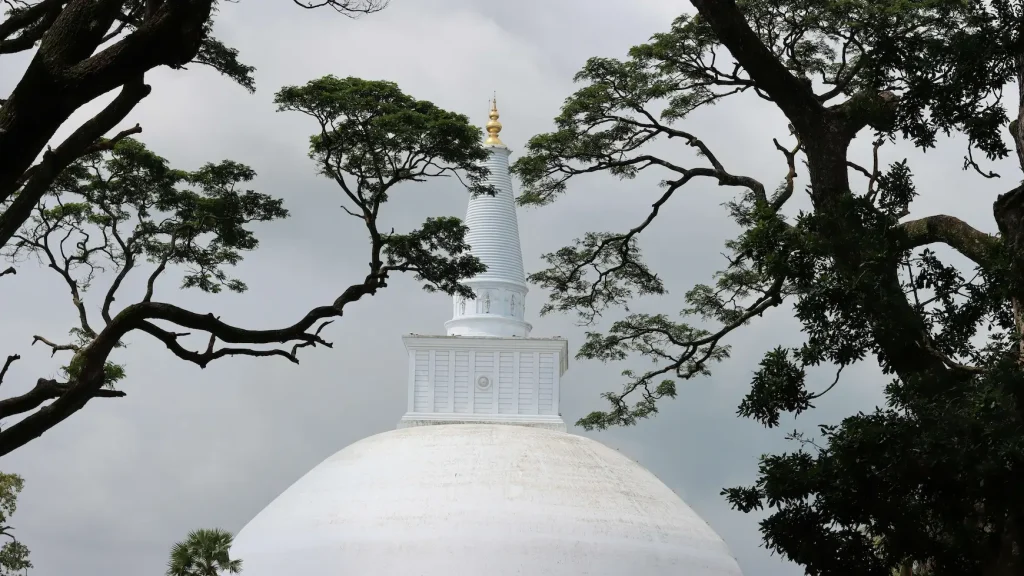
Dambulla Cave Temple
Tucked within a series of caves, this temple complex is adorned with vibrant murals and over 150 statues of the Buddha. Known as the Golden Temple of Dambulla, it offers visitors an awe-inspiring journey into Sri Lanka’s Buddhist art and spiritual devotion.
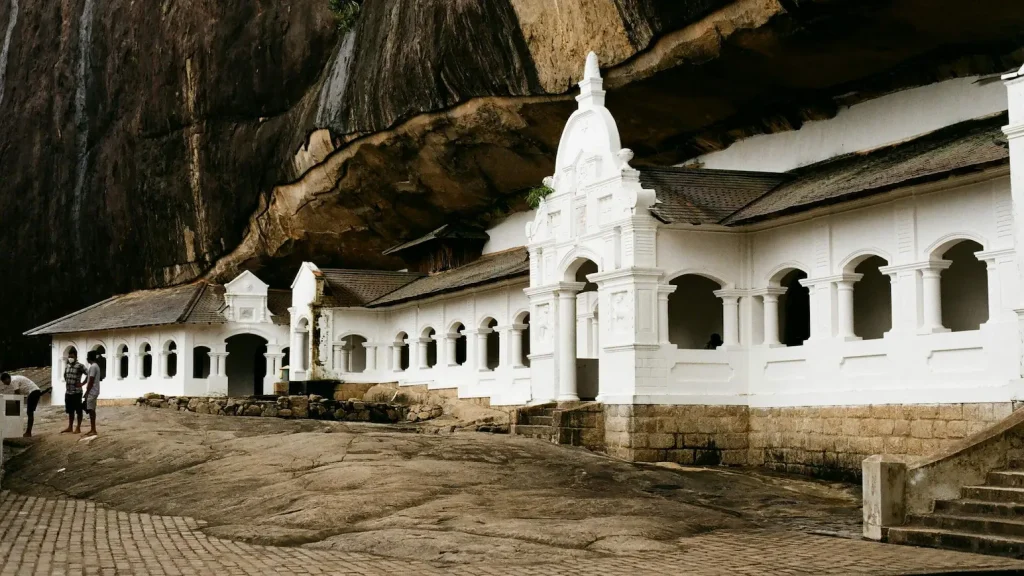
Polonnaruwa Ancient City
Step back in time as you explore Polonnaruwa, the medieval capital of Sri Lanka. This UNESCO World Heritage Site features royal palaces, intricately carved statues at Gal Viharaya, and vast reservoirs like Parakrama Samudra that reflect the engineering marvels of the past.
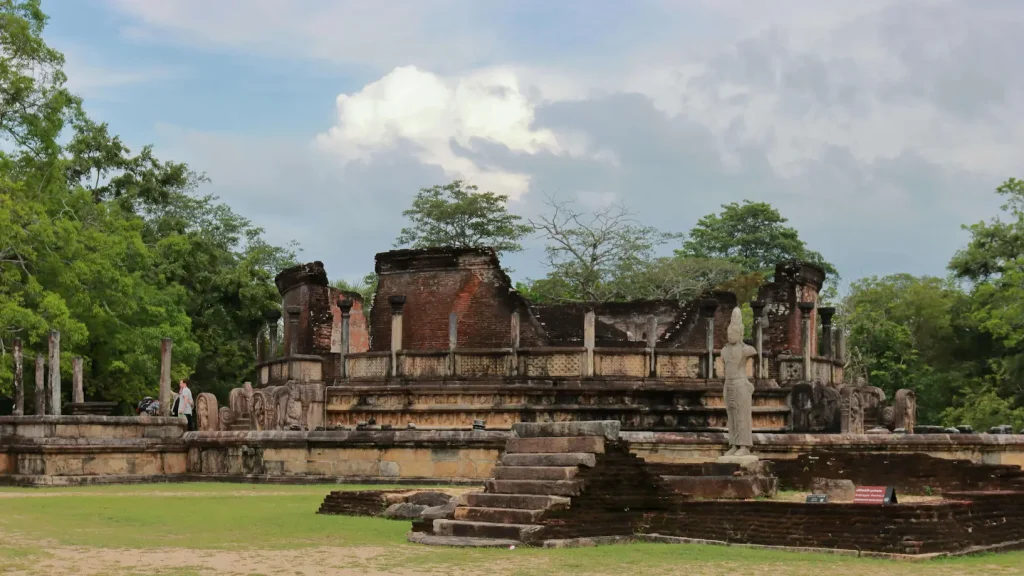
Mihintale
Revered as the birthplace of Buddhism in Sri Lanka, Mihintale is a hilltop sanctuary filled with ancient stupas, rock inscriptions, and meditation chambers. Climbing to its summit rewards visitors with panoramic views and a sense of peace and spirituality.
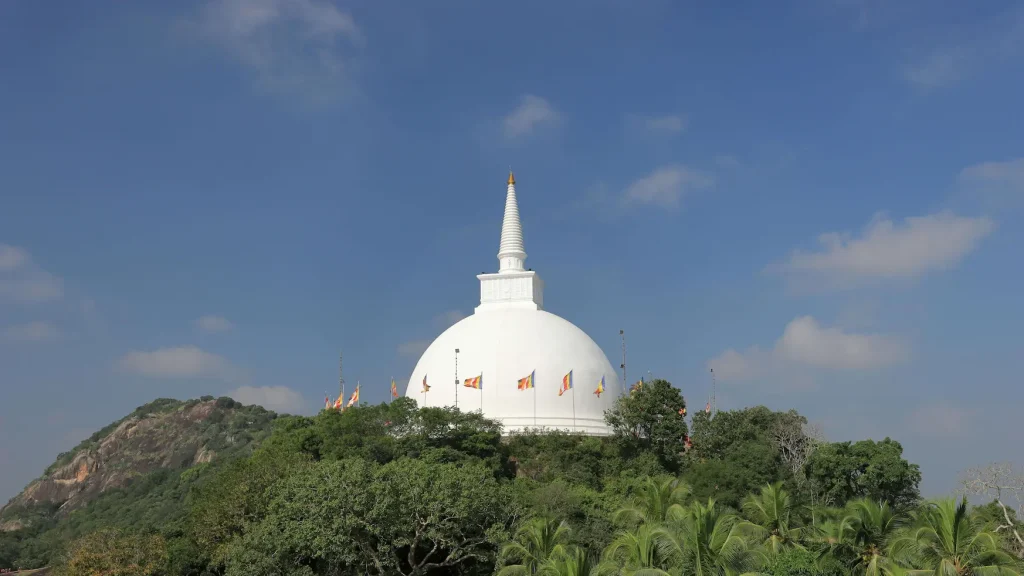
Aluvihara Rock Temple
This historic site holds a special place in Buddhist history as the location where the sacred scriptures were first written on palm leaves. The rock caves of Aluvihara are filled with intricate murals and offer a serene atmosphere for reflection.
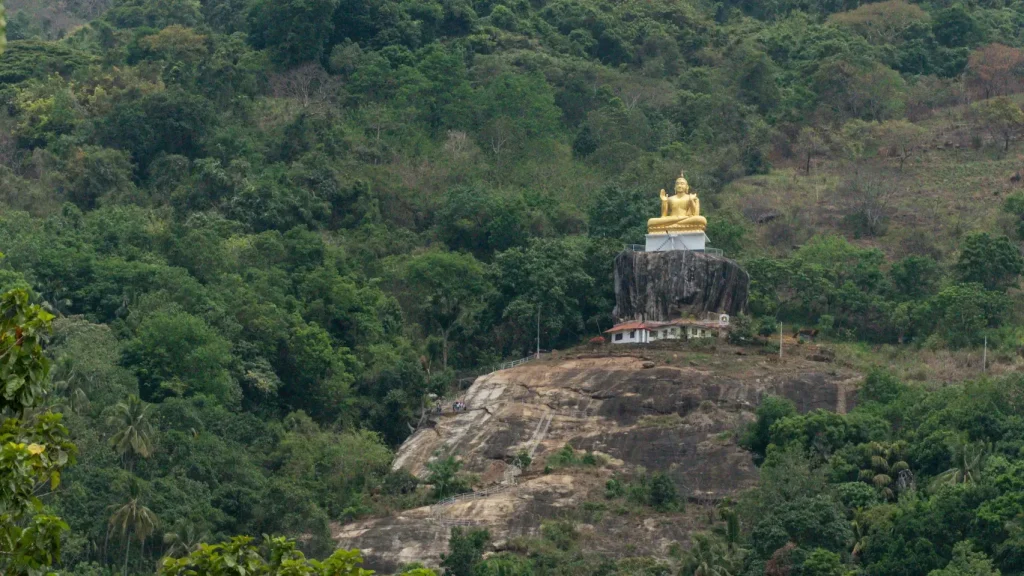
Ruwanwelisaya Stupa
This magnificent white stupa in Anuradhapura stands as a symbol of Sri Lanka’s Buddhist devotion. Built by King Dutugemunu, it is one of the most revered monuments in the country, radiating spiritual significance and architectural beauty.
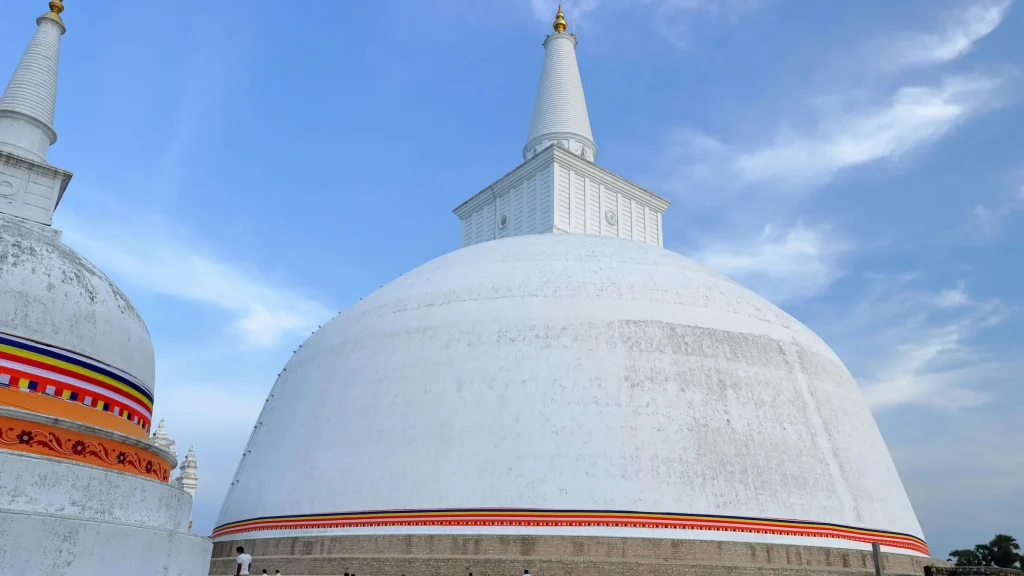
Thuparamaya
The first stupa ever built in Sri Lanka, Thuparamaya enshrines a sacred relic of Lord Buddha. Its simple yet elegant design reflects the early Buddhist architecture of the island.
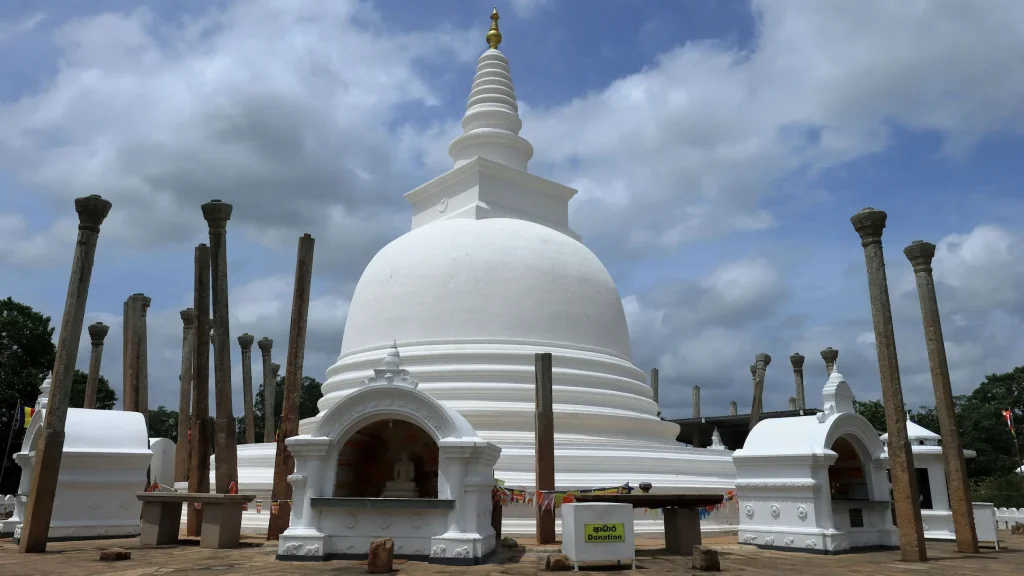
Gal Viharaya, Polonnaruwa
Renowned for its massive stone-carved Buddha statues, Gal Viharaya showcases the artistic excellence of Sri Lanka’s ancient sculptors. The serene standing, seated, and reclining Buddha figures are a highlight of Polonnaruwa.
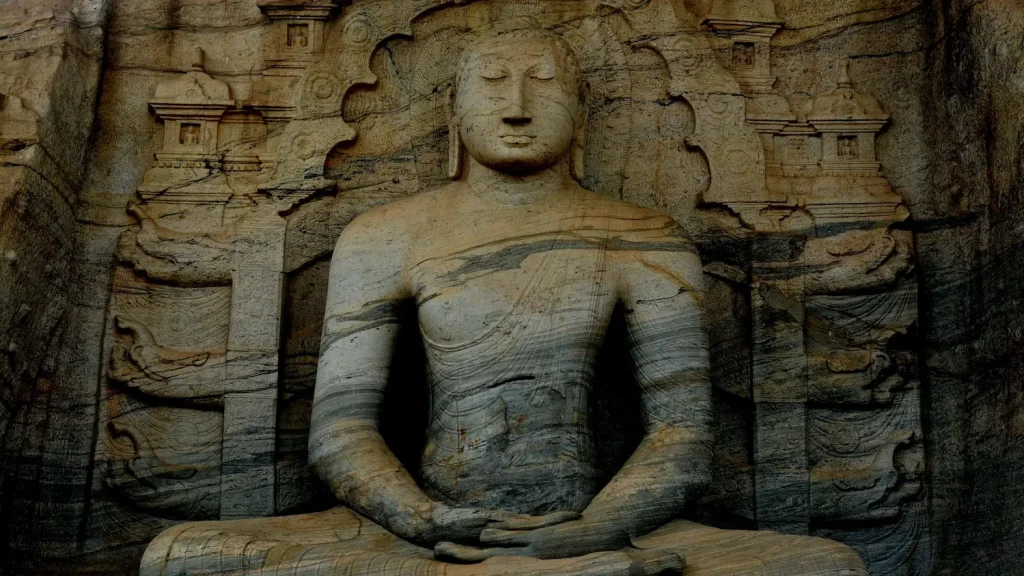
Jetavanaramaya Stupa, Anuradhapura
Once the tallest brick structure in the world, this massive stupa exemplifies the architectural brilliance of ancient Sri Lanka. It is a testament to the island’s spiritual and engineering heritage.
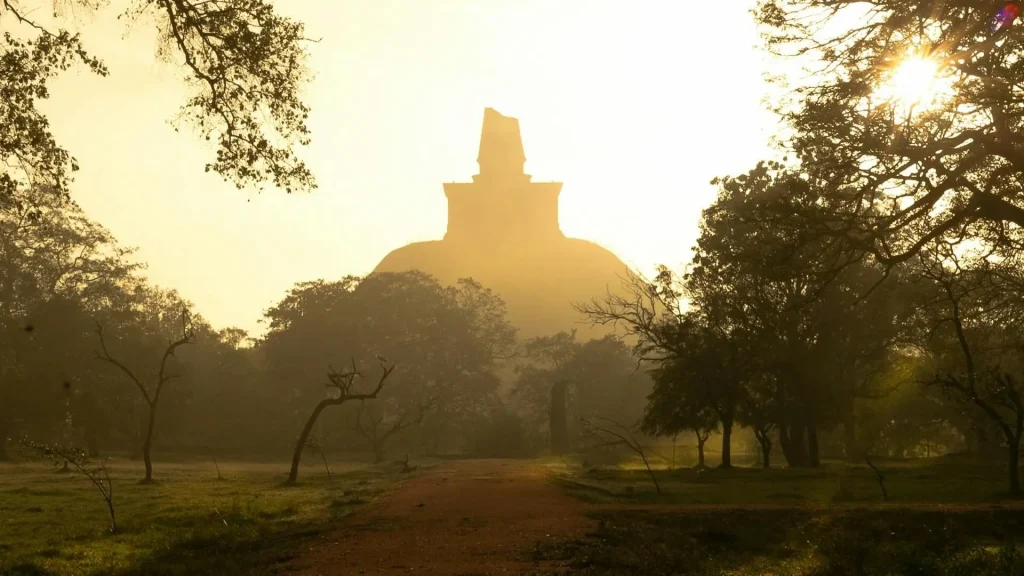
Nallur Kandaswamy Kovil – Jaffna
Nallur Kandaswamy Kovil is one of Sri Lanka’s most revered Hindu temples, dedicated to Lord Murugan. Located in Jaffna, the temple is known for its magnificent golden tower, colorful decorations, and vibrant annual festival, Nallur Festival, which attracts thousands of devotees from across the island.
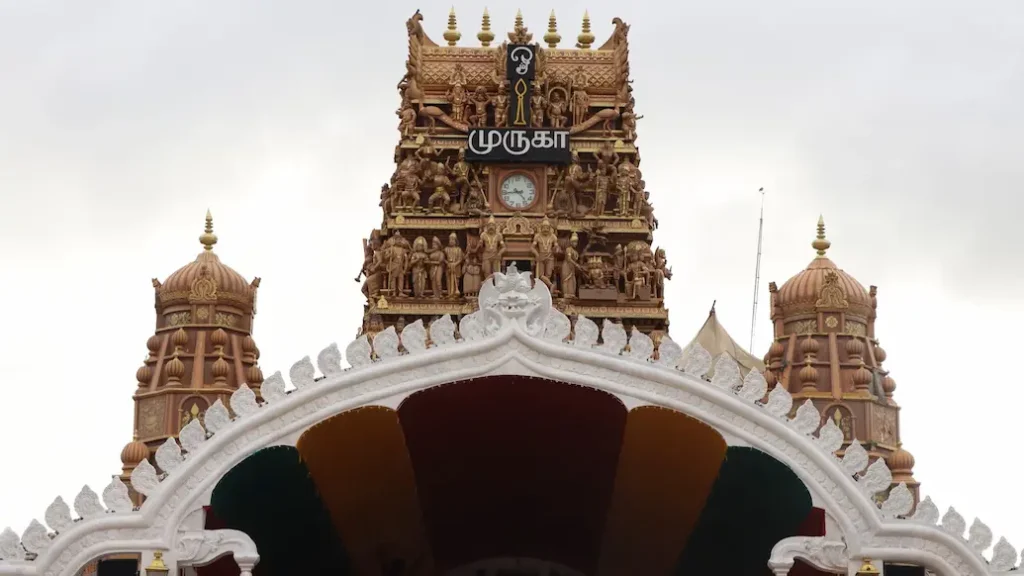
Koneswaram Temple – Trincomalee
Situated atop a cliff overlooking the Indian Ocean, Koneswaram Temple is a beautiful and ancient Hindu temple dedicated to Lord Shiva. Known for its thousand-pillared temple and stunning coastal views, it is a peaceful place for prayer and reflection, and one of the most spiritually charged sites in Sri Lanka.
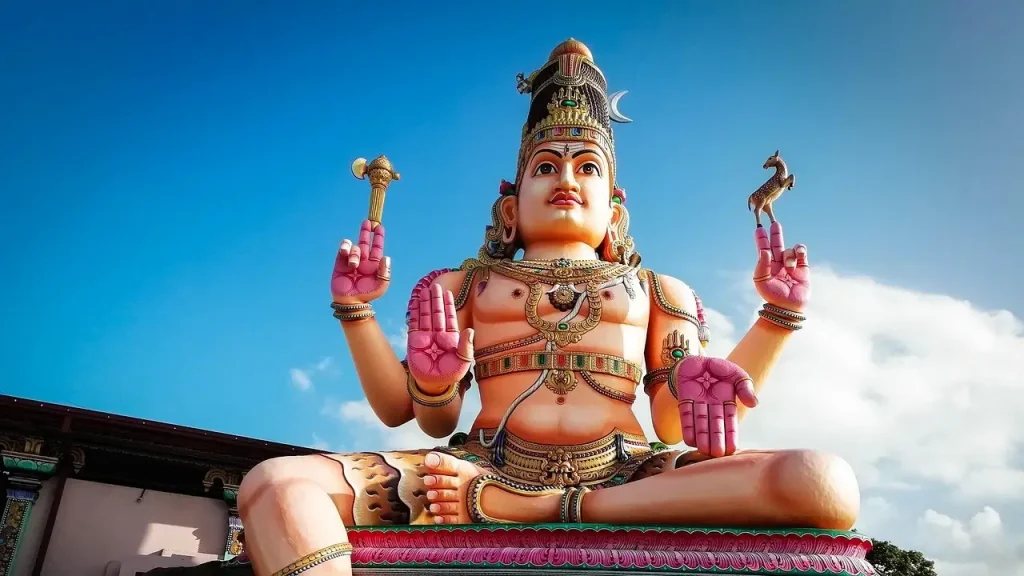
Jami Ul-Alfar Mosque (Red Mosque) – Colombo
The Jami Ul-Alfar Mosque, also known as the Red Mosque, is one of Colombo’s most famous landmarks. Its striking red-and-white striped exterior and unique Indo-Saracenic style make it a stunning example of Sri Lanka’s Muslim heritage. Located in the bustling Pettah market area, it is a peaceful retreat amid the city’s busy streets.
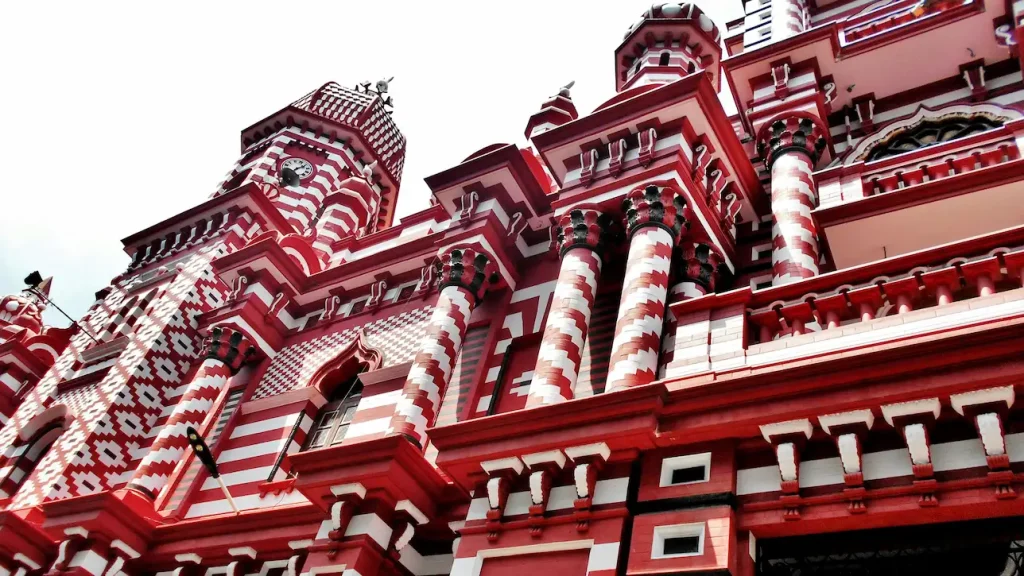
St. Anthony's Shrine – Kochchikade, Colombo
St. Anthony’s Shrine in Kochchikade is one of Sri Lanka’s most beloved Catholic pilgrimage sites. Dedicated to St. Anthony of Padua, it attracts thousands of devotees every year, especially during the feast day in June. The church is known for its healing powers and is a place of prayer and solace.
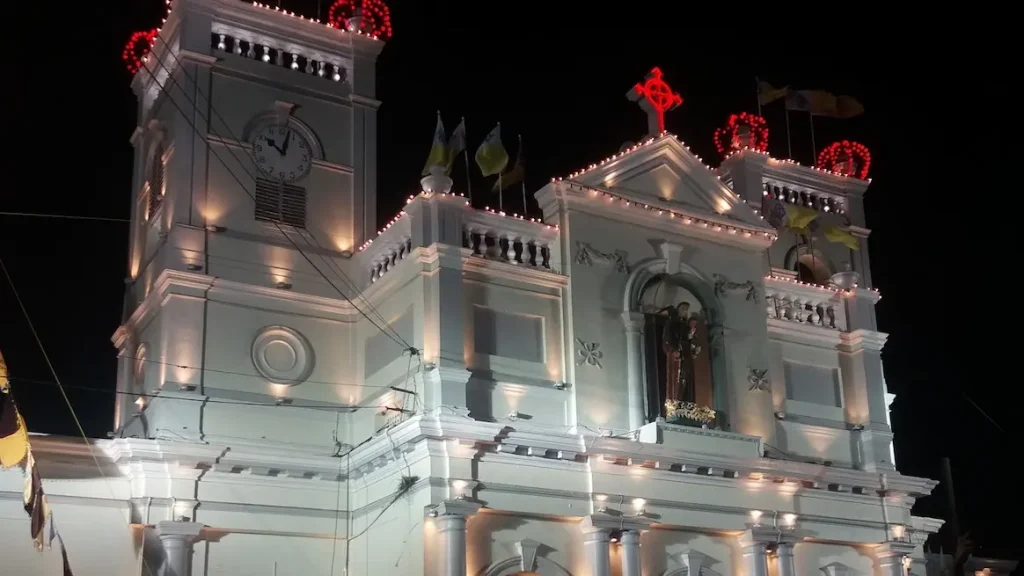
All Saints' Church, Galle
All Saints’ Church, Galle is an Anglican church located within the historic Galle Fort in Sri Lanka. Built in 1871 during the British colonial period, this Gothic-style church is renowned for its intricate stained glass windows, wooden arches, and serene atmosphere. It holds significant historical and architectural value, reflecting the British influence on Sri Lanka’s cultural heritage. The church continues to be an active place of worship and a popular site for visitors exploring Galle Fort.
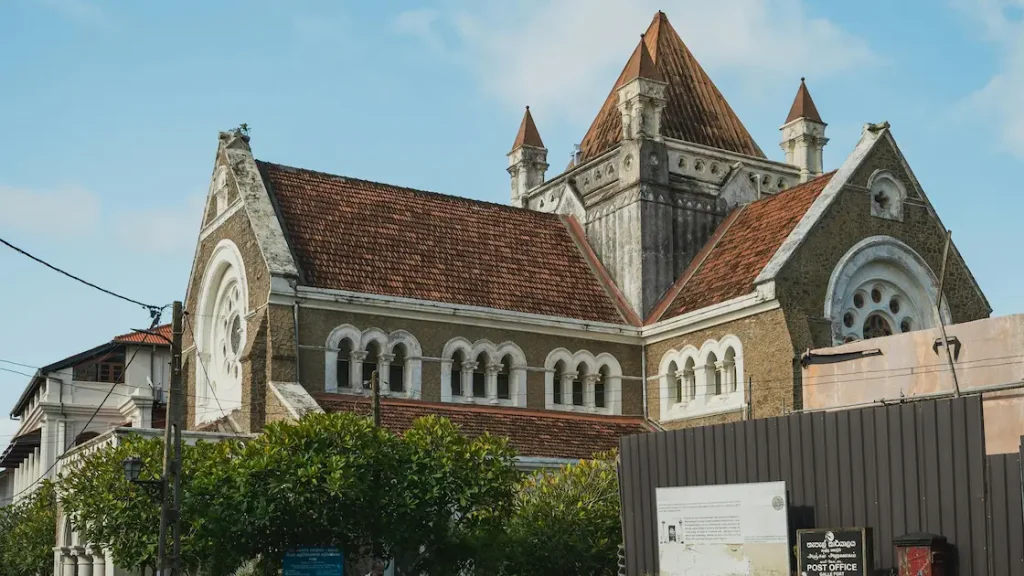
Tips for Exploring Sri Lanka’s Religious Sites
- Dress Respectfully
Wear modest clothing that covers your shoulders and knees when visiting temples, churches, mosques, or kovils. Carry a shawl or scarf for additional coverage if required. - Follow Local Customs
Be aware of religious practices unique to each site. For example, remove your shoes and hats before entering Buddhist and Hindu temples, and avoid touching sacred statues or offerings. - Be Mindful of Photography
Always ask for permission before taking photos, especially in places of worship. Some sites may restrict photography entirely, so respect the rules. - Stay Quiet and Reverent
Maintain a calm and peaceful demeanor while inside sacred sites. Avoid loud conversations, and switch off your phone or keep it silent. - Participate Respectfully
If allowed, you may join religious rituals or ceremonies, but observe quietly and follow the guidance of locals or temple officials. - Plan Your Visits Thoughtfully
Visit religious sites during non-peak hours to enjoy a serene experience and avoid interrupting prayer or meditation sessions.
Embark on a spiritual journey like no other. Discover Sri Lanka’s sacred wonders now!
